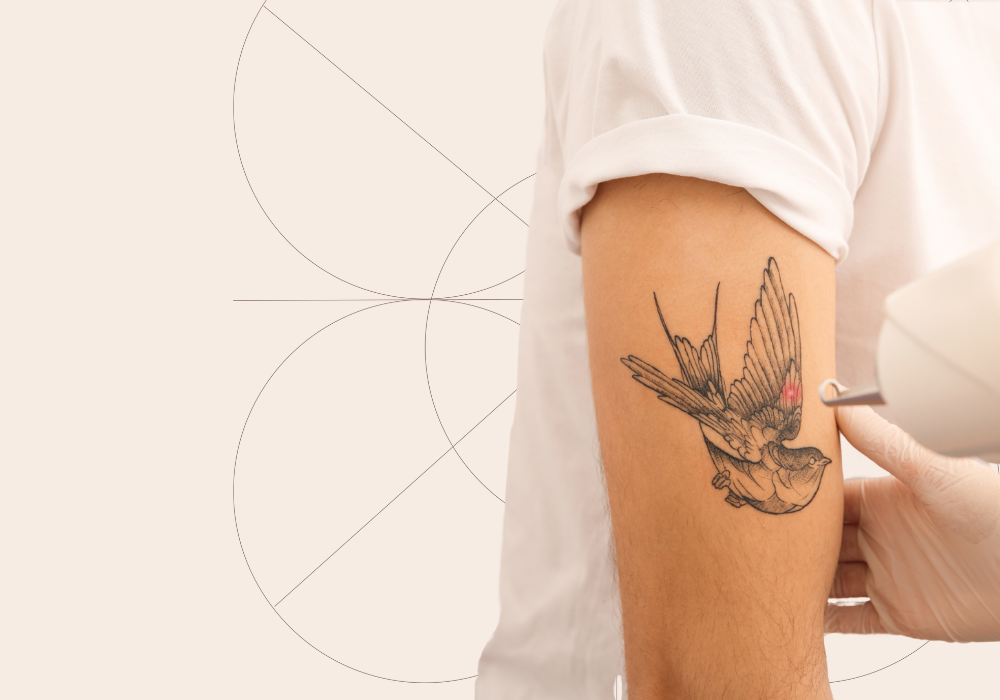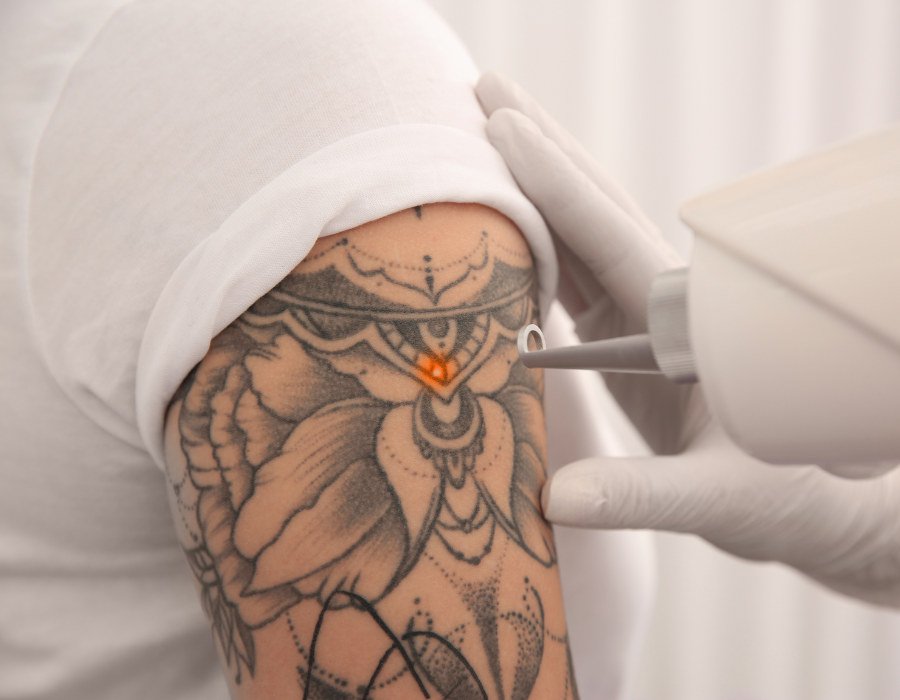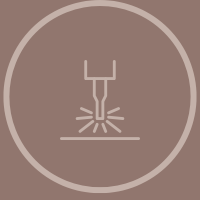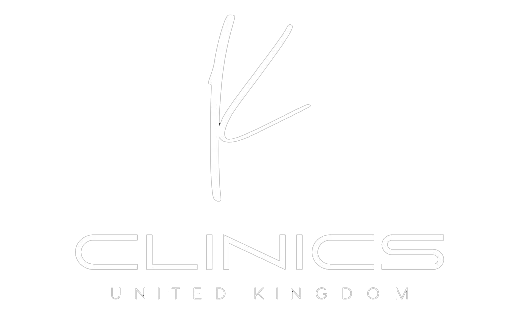
Laser Tattoo Removal
Ideal for removing unwanted tattoos effectively and safely. Schedule an appointment in London online today.
- Duration: 15-60 minutes
- Number of Sessions: 4-10 treatments with intervals of 4-6 weeks
- Sensation: Medium Pain
- Visible Results Gradual fading after each session, with full removal after completing the course


This tattoo removal method is suitable for various skin types and pigment shades, providing a quick and reliable result.
Free
from £39
Very Small (1 – 3 cm)
from £39.00
total £245.00
per session
total £385.00
per session
Small (4 – 6 cm)
from £39.00
total £245.00
per session
total £385.00
per session
Medium (7 – 15 cm)
from £94.00
total £627.00
per session
total £935.00
per session
Large (16 – 20 cm)
from £149.00
total £957.00
per session
total £1485.00
per session
X-Large (21 cm upwards) *Price Upon Consultation
from £204.00
total £1314.00
per session
total £2035.00
per session
About the service
Laser Tattoo Removal is a modern method designed to safely and effectively eliminate unwanted tattoos of various sizes, colors, and depths. Targeting tattoo pigments beneath the skin with innovative laser technology, the process breaks them down into tiny particles that the body gradually gets rid of on its own.
This process allows for precise treatment while leaving the surrounding skin unharmed. The tattoo gradually gets lighter with each session and gives the best possible results. The result is a clean and restored skin appearance without unwanted ink. We are waiting for you at our London clinic.
Benefits Laser Tattoo Removal
Tattoo Removal

Regeneration

Benefits Laser Tattoo Removal

Tattoo Removal
The best way to get rid of tattoos of different shapes, colors and depths is using laser tattoo removal.

Regeneration
The laser stimulates natural skin regeneration, ensuring smooth and even results after pigment removal.
WHAT ARE THE ADVANTAGES OF THE Laser Tattoo Removal PROCEDURE?
- Effectively removes unwanted tattoos.
- Targets multiple ink colors.
- Minimally invasive procedure.
- Reduces risk of scarring.
- Precise and controlled treatment.
- Suitable for various body areas.
- Stimulates skin healing and regeneration.
- Safe and FDA-approved technology.
- Restores natural skin appearance.
Treatment step-by-step
Form Submission & Consultation
The first step is filling out a small brief form with important information about yourself, any contraindications, expectations, and intended outcomes. After this, every client has a personal consultation with our specialist. The expert checks your form, evaluates your health, and assists in identifying the best areas for improvement. This help us to create the most successful treatment strategy for you.
Before Treatment
To ensure comfort during the treatment, we advise avoiding big meals before your appointment. Also, maintaining adequate hydration is important because it increases the procedure’s overall effectiveness. The full list of Before Care recommendations is also available on the treatment page on our website for your convenience.
During Treatment
Using an endosphere device that promotes lymphatic drainage, enhances microcirculation and aids in sculpting body contours, our specialist will concentrate on the problem areas. This procedure feels like the sensation of an intense, deep-tissue massage. Depending on how many areas are being treated, the session lasts between 45 and 85 minutes.
After Treatment
After the procedure, the specialist will gently remove any leftover oil and offer you individualized After Care advice, such as staying hydrated, light activity throughout the day, and general guidance to help you achieve the best possible results. For convenience, all After Care suggestions are also accessible on our website’s treatment page.
Preparing for the treatment
Aftercare
Contraindications



TOP 3 COMPLEMENTARY TREATMENTS
Frequently Asked Questions
The pigment is broken up into small particles by the laser beam penetrating the skin and the body’s lymphatic system then naturally gradually removes them.
The size of the tattoo and skin sensitivity affect the feeling. Some clients describe it like a mild tingling or “snapping” feeling. For extra comfort, numbing lotions might be used.
The size, color and depth of the tattoo, together with the skin type, determine how many sessions are required. Five to ten sessions spaced four to six weeks apart are usually needed.
The dark ones like navy blue and black the best to remove from skin. Lighter colors, such as yellow or white, may require more sessions and can be more challenging to eliminate completely.
Results are noticeable after the first session, but complete removal requires completing the entire treatment course.
There is very little chance of scarring if the specialist’s advice is followed. It is important not to pick at scabs that may form after the procedure.
Yes, but certain tattoos may leave a subtle trace, particularly if they were made with professional inks. In these situations, it could be advised to use other corrective techniques or extra sessions.
Yes, laser removal can be performed on the face and other delicate areas, but these zones require extra care and an individualised approach.
Yes, because the pigment in older and amateur tattoos is closer to the skin’s surface so they are typically simpler to erase.
Yes, the laser makes it possible to remove only some portions of the tattoo, leaving the rest intact for future cover-ups or modifications.

Emma R.
Sophie T.
Sum P.
Sarah M.

Book a complimentary consultation
We work in a personalised way with Your Needs
Every treatment is customised to suit your unique needs for the best experiences and outcomes. We offer you individual consultation with our Specialist to explore the best treatment options.

REQUEST NOW, WELL
FIND YOUR IDEAL TIME







